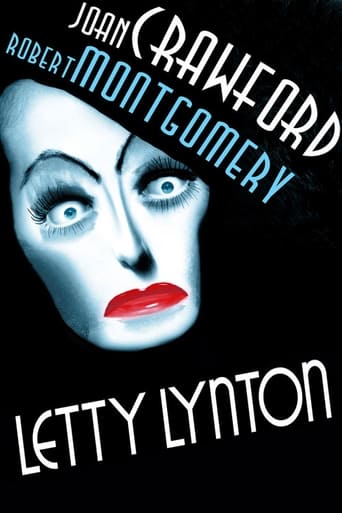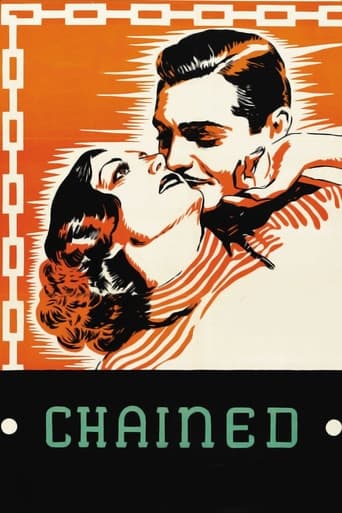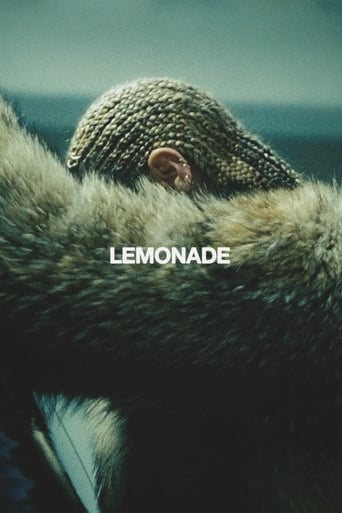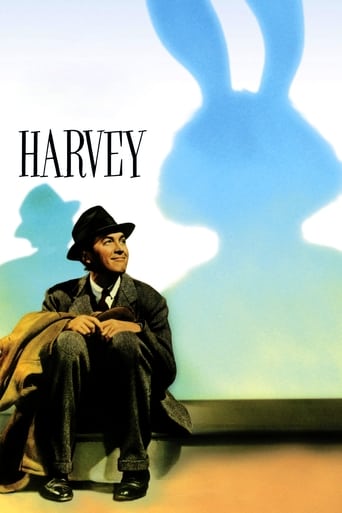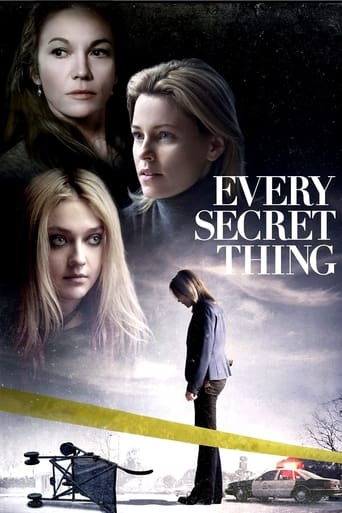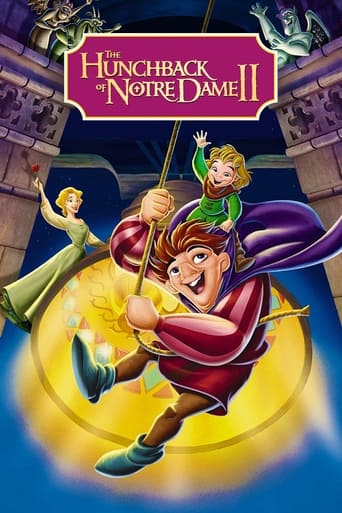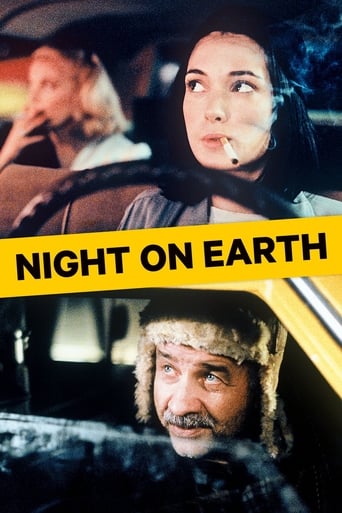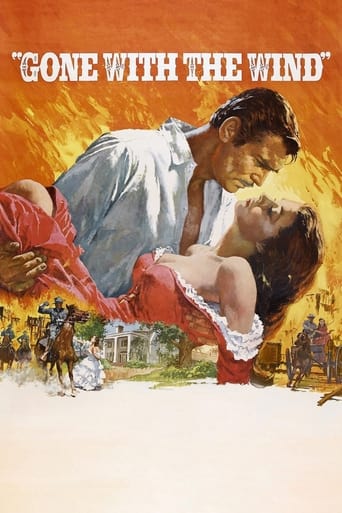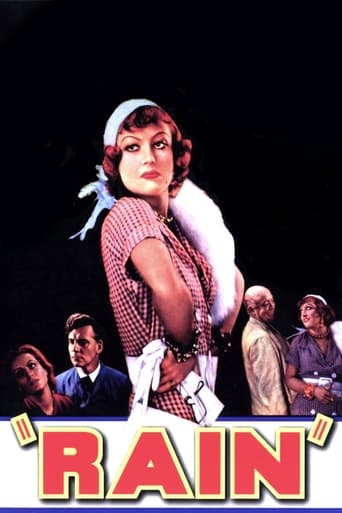


Rain
Due to a possible cholera epidemic onboard, passengers on a ship are forced to disembark at Pago Pago, a small village on a Pacific island where it incessantly rains. Among the stranded passengers are Sadie Thompson, a prostitute, and Alfred Davidson, a fanatic missionary who will try to redeem her.
-
- Cast:
- Joan Crawford , Walter Huston , Matt Moore , Guy Kibbee , William Gargan , Beulah Bondi , Ben Hendricks Jr.


Similar titles

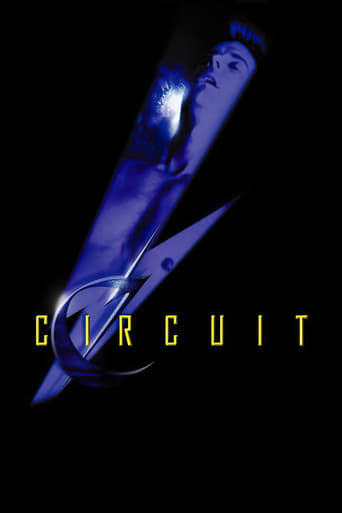
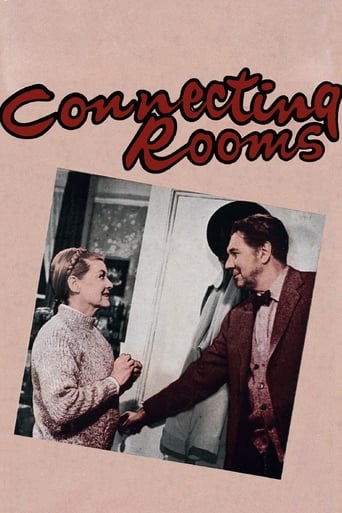
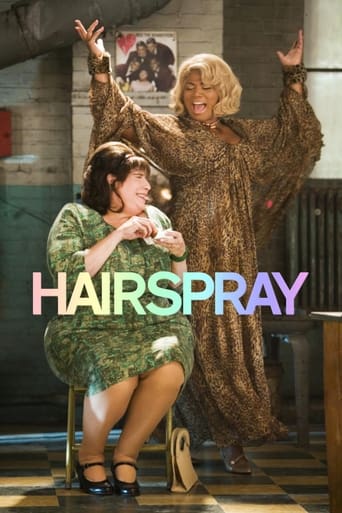
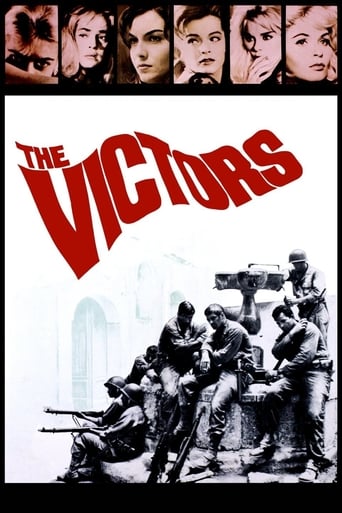

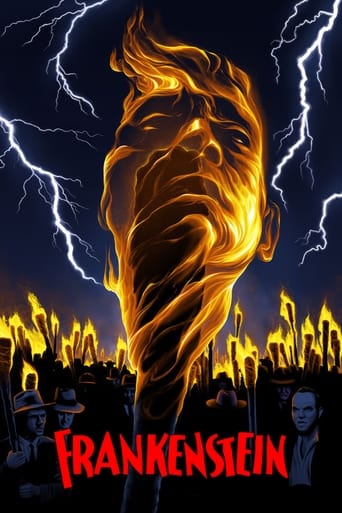
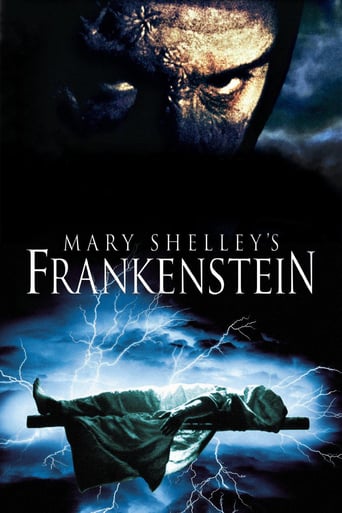
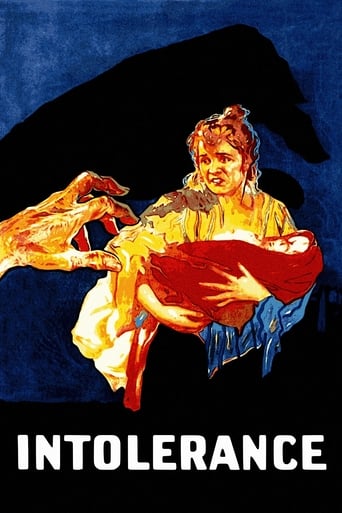
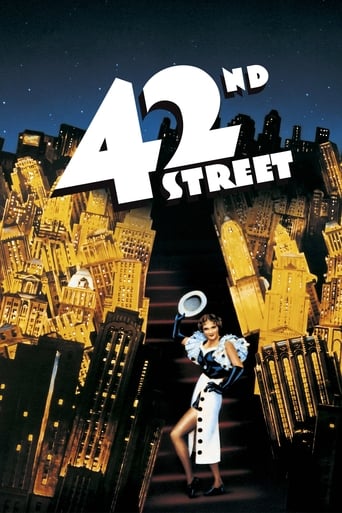
Reviews
I don't have all the words right now but this film is a work of art.
Good movie, but best of all time? Hardly . . .
It's entirely possible that sending the audience out feeling lousy was intentional
It is not only a funny movie, but it allows a great amount of joy for anyone who watches it.
The rain falls incessantly in this movie, bringing to mind Matthew 5:45, "he sendeth rain on the just and the unjust alike". In this case, it seems clear that the 'unjust' are actually the devout Christians (Walter Huston and Beulah Bondi), as they sanctimoniously judge Joan Crawford's character and cruelly use their influence to get orders for her immediate deportation from Pago Pago, where this film is set. She is likely a prostitute, but the reason for his action stems from her (gasp) moral crime of listening to music and dancing with some soldiers on the Sabbath. As a more tolerant man observes, "we've all crossed thresholds we don't brag about", but Huston is relentless in cross-examining her about her past, and demanding that she get on the right side of the Lord, even though they've just met.It's interesting to see Crawford stand up to him in what are the best scenes of the film. "You keep yellin' at me to go back and be punished, to suffer – how do you know what I've suffered? You don't know, you don't care, and you don't even ask – and you call yourself a Christian!", she yells, and "Your God and me will never be shipmates, and the next time you talk to him you can tell him this for me – that Sadie Thompson is on her way to hell!" However, she is eventually cowed and resigned to be repentant, which is the first unbelievable part of an unbelievable ending, which I won't spoil.The movie is a little hard to watch because the main characters are so unlikeable. Huston and Bondi are righteous prigs. Crawford is heavily made up and often over-acts her part. There are a few good scenes, however, and it may be of interest to see this adaptation of the short story by W. Somerset Maugham, which spurred several other movies and plays.
I love how the ending is open to interpretation. When the jazz music is pouring from the room after the death one assumes her religious conversion was planned and faked all along to entice and entrap the missionary on his own terms and she was gloating in her success at sticking it to him. But we see that her reversion to her old ways overnight could just be manifest from an attempted rape and resulting disgust. But can her wiles really be discounted entirely? She was a worldly woman and most likely knew quite well how to really get to the perv and could easily have planned what she did. Her shock and remorse at hearing the news of the death itself could be a further act or reaction to the way the news was delivered. "Oh, yeah, I should show some shock and remorse here, for their benefit." Both interpretations are possible: Her sincere religious conversion instantly cast off due to an attempted rape; or her faking the conversion and then toning down her display of successful revenge a bit.My main quibble with this movie was the portrayal by Walter Houston. I think we should have seen more suppressed and sublimated desire for her as time went on. But we see him coldly spouting off his brain-washing propaganda with pure hard ice in the same continuous way until that drum scene where he, too suddenly in my opinion, turned all penile imperative.His wife seemed to have understood all too well without our knowing why. Could she see his escalating obsession in the past few days? Did she hear love screams that final night? A battle repelling an attempted rape? Loud verbal abuse from Sadie castigating him for his vile hypocrisy?Personally, I like to think her conversion was faked. "I am alright in the daytime but I suffer so much at night, and need and wish for you to be there with me to support me with your comforting strength which I so need and want," as it were. You know, that wanting him, not so much in the daytime, but at night business.She might not have taken the Sydney escape route (via local boat transfers) the night before the death because her revenge was not yet complete. And chances are the ship would not be going directly to San Francisco from Pago Pago but would stop off in Honolulu where she could get off and meet up with old friends and maybe work old jobs. Or simply not get on the boat in Pago Pago in the morning. If she missed that boat from Pago Pago to S.F. neither she nor the governor could do anything until the next boat came - the one to Sydney. I felt that her reversion to the good-time girl was too complete and easily returned to not to have been there all along. And it just makes for a more satisfying story to think that she had such depth, acting skill, and knowledge of male psychology.
Rain (1932) stars Joan Crawford and Walter Huston. Crawford, under contract with MGM at the time, was out on loan to United Artists to make Rain after the huge success of Grand Hotel (1932). The kind of role Crawford plays in Rain is unlike any of her usual roles she had played up to that point. She usually played heroic roles and shop girl roles. Now she was playing the role of a sinner, a loose woman, a hooker named Sadie Thompson. Audiences at the time couldn't accept Crawford playing such a role, so this movie flopped at the box office. Time has given this movie a huge boost, as modern day audiences accept this movie and Crawford's performance much more easily. Crawford herself didn't like this movie, probably because it bombed. She said that she overacted. I do agree that she did overact in some parts, but Crawford gives a great performance. A different role, yes. But her acting works so well for her character. Crawford looks the part as well, and her entrance in the movie is legendary. This movie is a good example of an actress showing her versatility, but unfortunately the subject matter of the movie and perhaps some tunnel vision by people at the time is what made this a flop in 1932. It's amazing how audiences can't accept an actor playing a different kind of role than what they're accustomed to.One of the things I like about this movie is the atmosphere. It's a rather dark movie and it seems to rain a lot throughout (of course). I also like the way a lot of the scenes were shot and some of the camera angles. The movie seems ahead of its time.In my opinion, Rain is one of Crawford's best movies from the 1930s. I think the movie holds up pretty well. I highly recommend it.
RAIN is the second film version of a play that made a superstar of Jeanne Eagels on the Broadway stage; the first was a silent titled SADIE THOMPSON and starring Gloria Swanson, which was a success both critically and commercially. This second version, the first sound film based on the play, used the original title and starred Joan Crawford, who was already a major star but desired to stretch herself as an actress. Unfortunately for Crawford, neither the critics nor the public liked her as the unglamorous prostitute Sadie Thompson; that plus the fact that the play had begun to date rather badly made this film a resounding flop and Crawford took most of the heat for its failure.A second look, keeping the play's historical context in mind, leads me to the opposite conclusion. Crawford, who came to Hollywood knowing nothing about acting and who learned "on the job," as it were, never reached the heights of Davis, Hepburn, and Stanwyck, perhaps, but she was an apt pupil and she learned her craft well. A look at this extremely dated film today reveals that Crawford's performance is really the best thing about it.The plot is a moldy bit of melodrama involving a fanatical missionary (played here by Walter Huston) who, stranded in Samoa during a cholera outbreak, encounters prostitute Sadie Thompson and sets out to convert her, which for her involves returning to the States to serve a prison sentence even though she was framed. Mesmerized by the missionary's personality, Sadie is at first converted, then later disillusioned.The film is not terribly well made (interestingly there is no director credit, though IMDb lists Lewis Milestone); even for 1932 it is grainy and the camera-work jerky in spots. The decision to make the constant soaking rain a character in the drama is a plus: it adds to the atmosphere and makes for a perfect background for Sadie's emotional and spiritual journey.The acting is a mixed bag. Crawford is much, much better than one would expect since this film nearly wrecked her career at the time it was released. In fact it she might not have recovered had she not made GRAND HOTEL, one of her major triumphs, that same year. But whatever the film's weaknesses may be, Crawford is not among them. In fact her Sadie is a completely believable character; Crawford is utterly convincing as the unrepentant whore, then the "born again" woman redeemed, as she thinks, by the missionary, and in her "fall from grace;" in fact she's quite good, particularly considering that this is perhaps the most complex role she had attempted up to that time.The rest of the cast is mostly solid, familiar (at the time anyway) character actors, and they pretty much all acquit themselves well. Oddly, the weak link in the cast happens to be the one great actor in the whole thing: Walter Huston as the missionary Davidson. A legendary actor both on stage and screen, Huston plays the missionary like a hero out of an old stage melodrama, declaiming his lines in a way that was out of style even back in the 1920s when the play opened on Broadway. I don't know whether Milestone directed him to read his part this way or whether he simply did his own thing and ignored the director (so far as I know that was not his reputation), but either way it is a terrible choice; his performance is so hammy that it renders every scene in which he appears laughable, and when he and Crawford are on screen together, it is her realistic approach to her character that one finds believable; he is incredible to the point of being ridiculous.All in all, however, I found myself rather surprised that this film was such a failure in 1932. Huston's acting would have seemed less garish at the time, and I think the critics were terribly unfair to Crawford; even if they found her attempt to stretch her abilities less than successful (a view with which I do not agree), surely she deserved the credit for trying. Simply taking on the role was an act of courage on Crawford's part; Jeanne Eagels was inextricably linked to the role in the minds of many, and when you add to that the successful silent version starring Swanson, who was one of the biggest stars of her day, it took a LOT of nerve on Crawford's part to attempt what was at the time the biggest challenge she had ever faced. And I think she did a creditable job.


